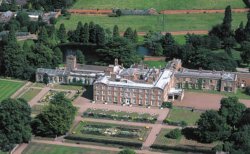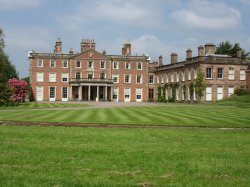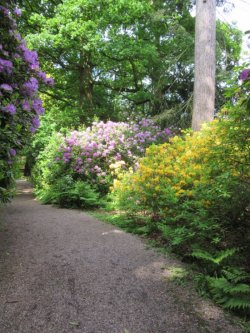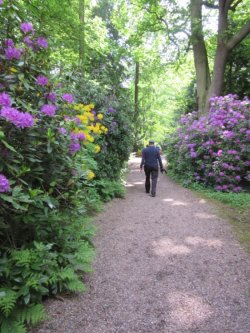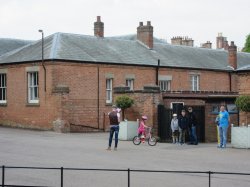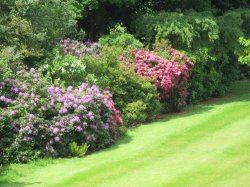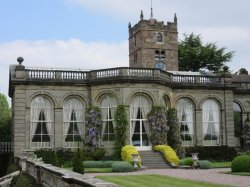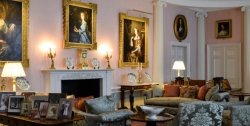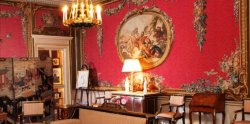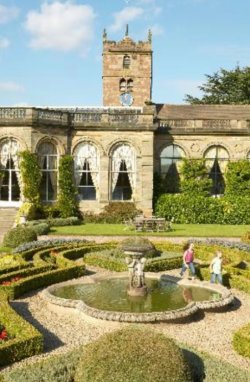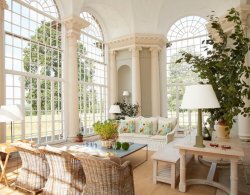 WESTON PARK HOUSE - Weston-under-Lizard
WESTON PARK HOUSE - Weston-under-Lizard
Weston Park is a country house in Weston-under-Lizard, Staffordshire, England, set in more than 1,000 acres (400 ha) of park landscaped by Capability Brown. The park is located 10 miles (16 km) north-west of Wolverhampton, and 8 miles (13 km) north-east of Telford, close to the border with Shropshire. The 17th-century Hall is a Grade I listed building and several other features of the estate, such as the Orangery and the Stable block, are separately listed as Grade II.
Weston Park House and the surrounding parkland were given to the nation in 1986 by the 7th Earl of Bradford, with the support of the National Heritage Memorial Fund. It is now in the care of the trustees of the Weston Park Foundation. The house retains its art collection with over 30,000 objects and is open to the public.
HISTORY
Weston lies within land that was first mentioned in the Domesday Book when it was held by Norman Rainald de Bailleuil, Sheriff to Roger de Montgomery. The park is all that remains of the medieval deer park and forest. Originally belonging to the de Westons of Weston, it passed by inheritance to a branch of the Mytton family when their heiress, Elizabeth Mytton married Sir Thomas Wilbraham. Eventually the land passed to Earls of Bradford when their younger daughter, Mary Wilbraham, married Richard Newport, 2nd Earl of Bradford of the first creation.
The house was built in 1671 for Lady Elizabeth Wilbraham. Although it is often claimed that she was her own architect, there is no conclusive documentary evidence for this and it is most likely that the executant architect was William Taylor, who is known to have been at Weston Park in 1674. Lady Wilbraham was evidently an enthusiastic patron, however, and her heavily-annotated copy of Palladio’s book (I Quattro Libri dell'Architettura) remains in the collection at Weston Park. The three-storey, twelve-bayed south front of the house was originally the entrance front but alterations and improvements carried out in the latter 19th century for Orlando Bridgeman, 3rd Earl of Bradford of the second creation involved the movement of the main entrance to the east front. The original courtyard of the "U"-shaped house was roofed over above the ground floor, and closed off by a new front.
In the eighteenth century, with the failure of the male line of the Newport Earls of Bradford, Weston was inherited by Sir Henry Bridgeman, 5th Baronet, whose mother Lady Anne Bridgeman (née Newport) was a granddaughter of Lady Wilbraham. The Bridgemans were already substantial landowners in Shropshire and in Warwickshire but chose to make Weston their main seat. Sir Henry Bridgeman commissioned Capability Brown to landscape the park. He also employed James Paine in the 1760s to make alteration to the house and to add a Roman Bridge and Temple of Diana in the park.
WEBSITE - https://www.weston-park.com
Click Picture to Zoom
 WESTON PARK HOUSE - Weston-under-Lizard
WESTON PARK HOUSE - Weston-under-Lizard
